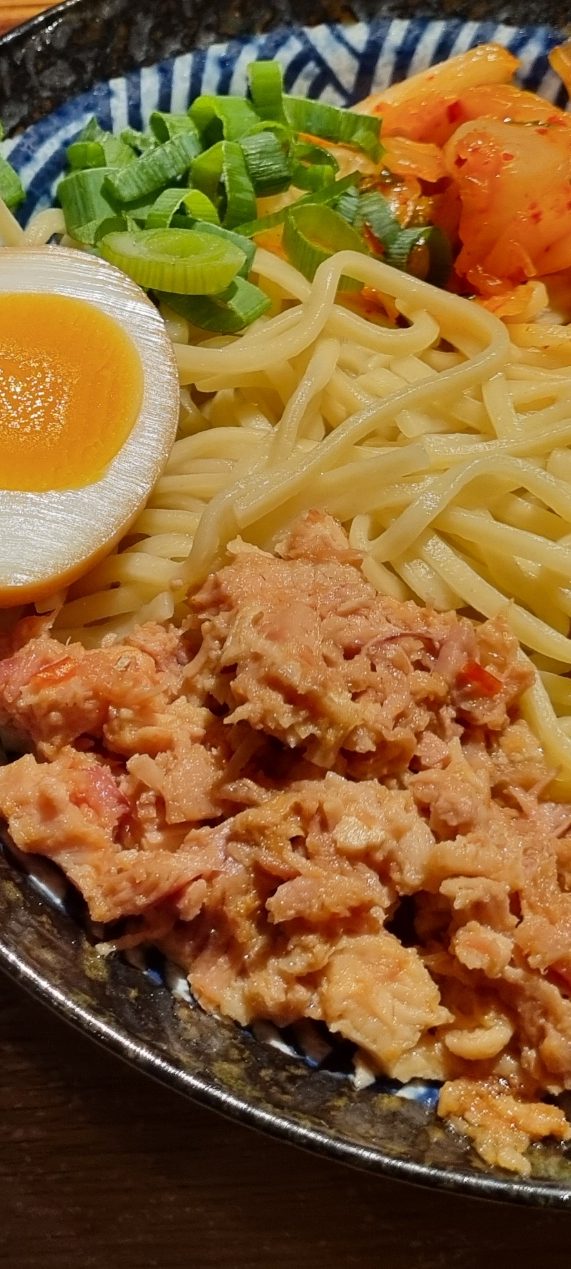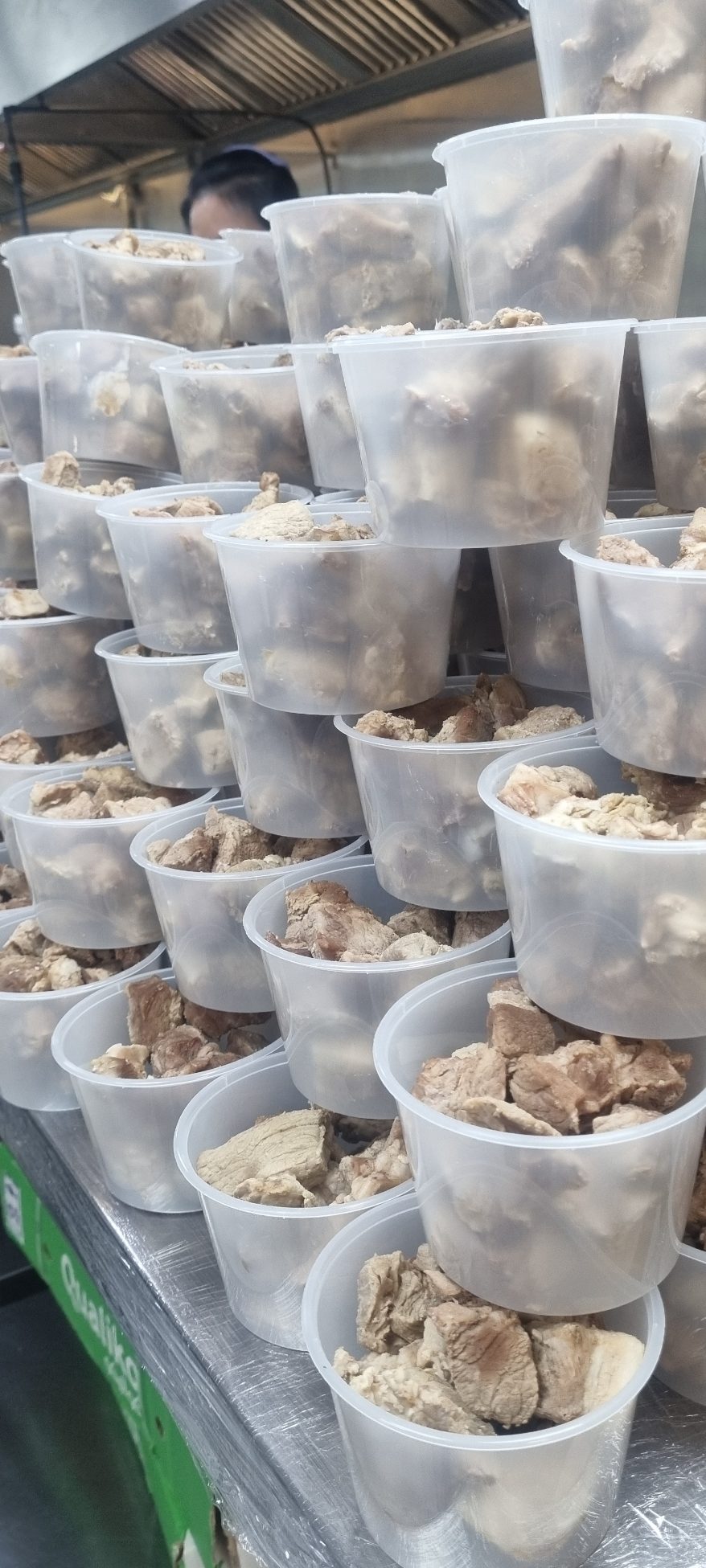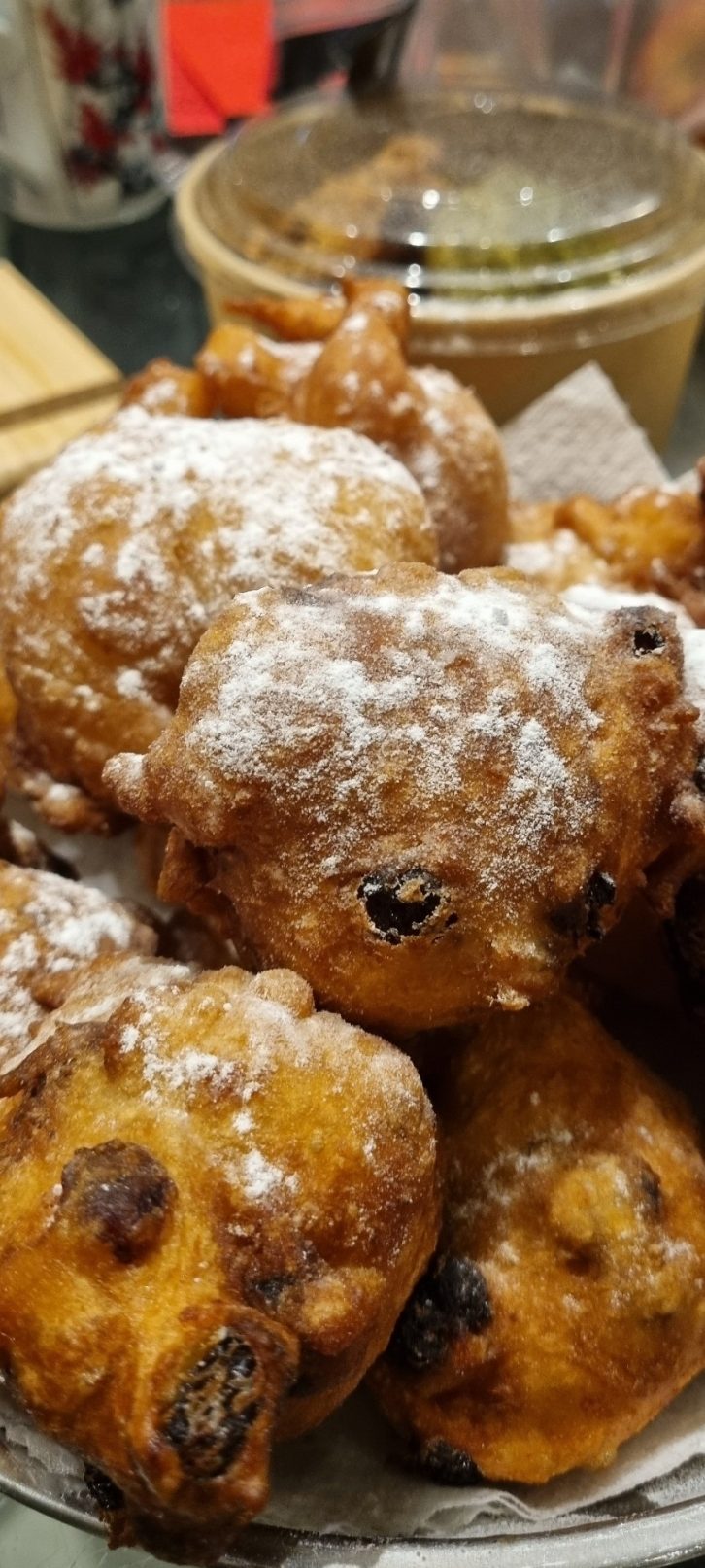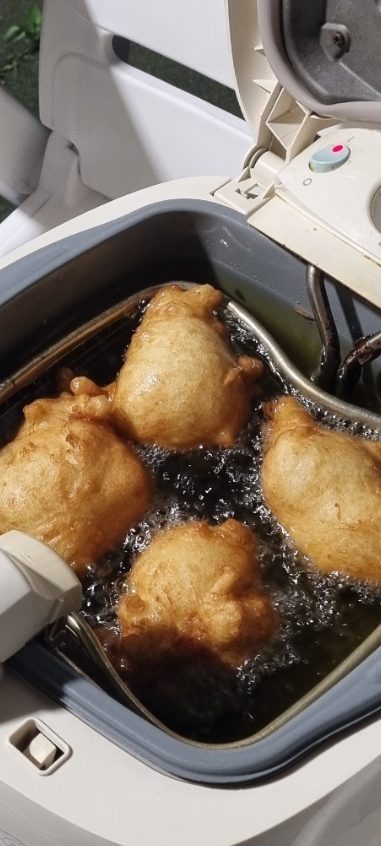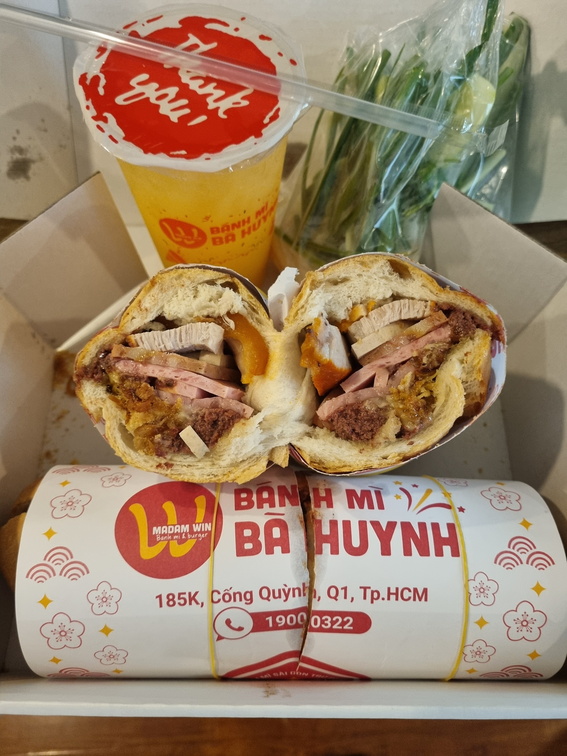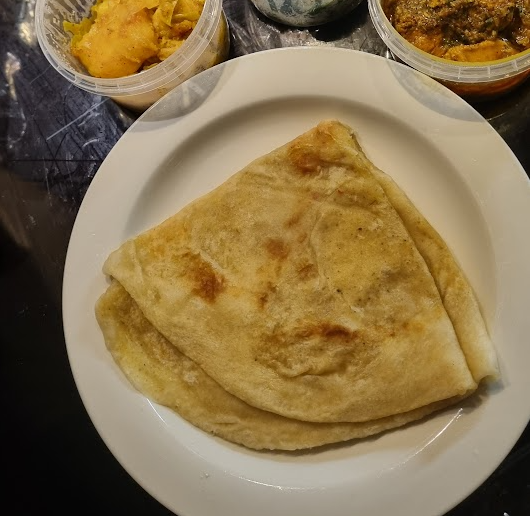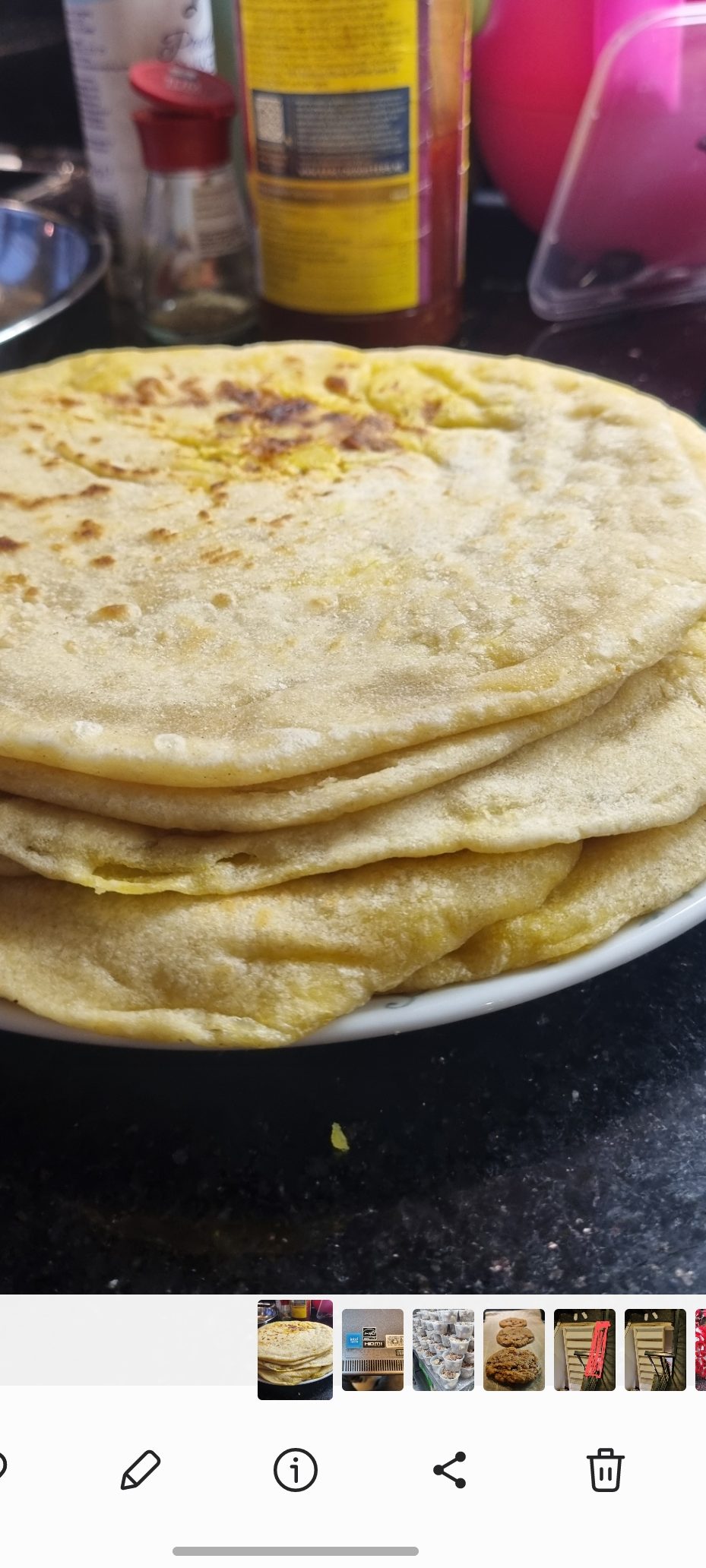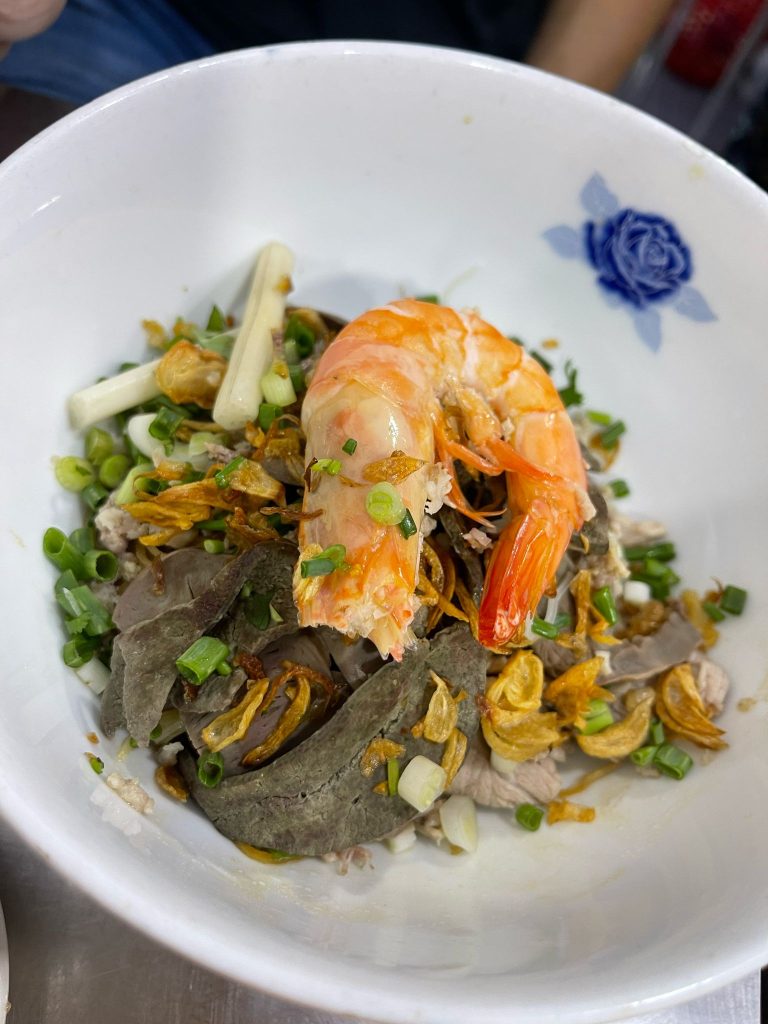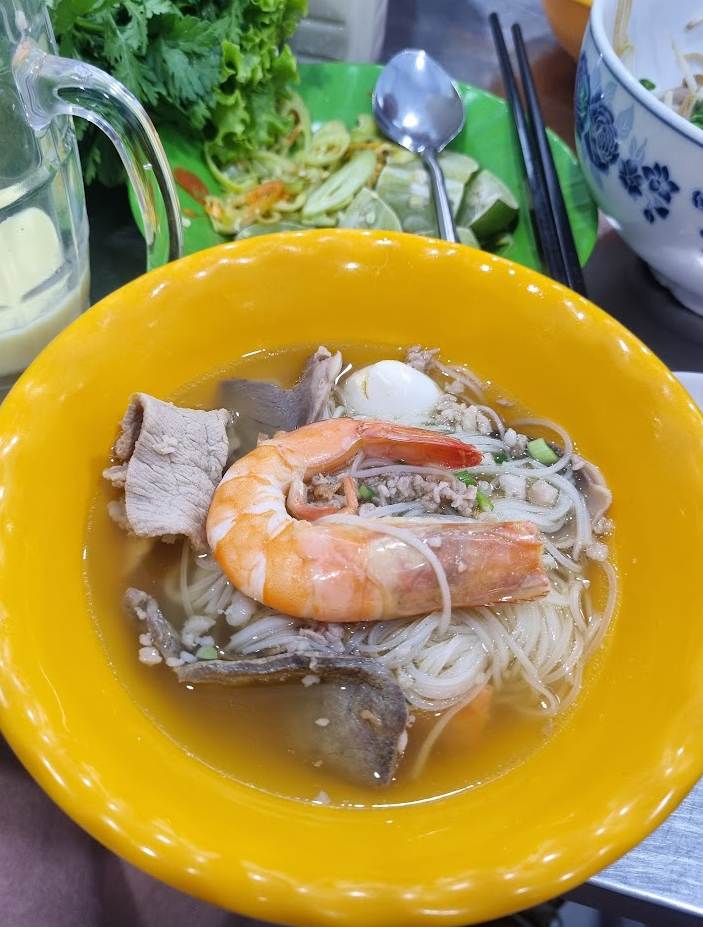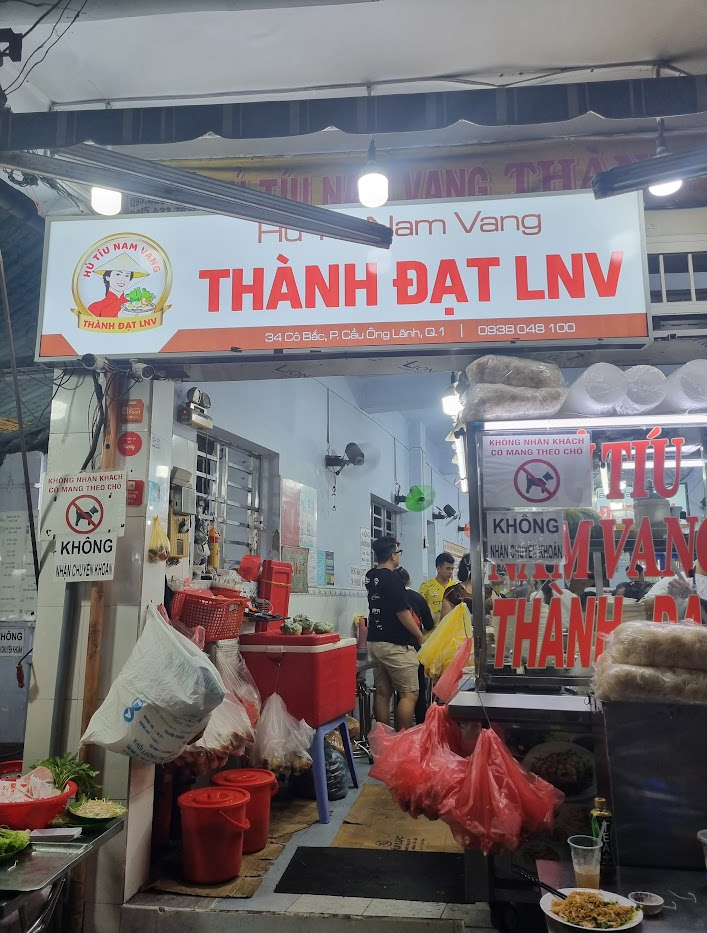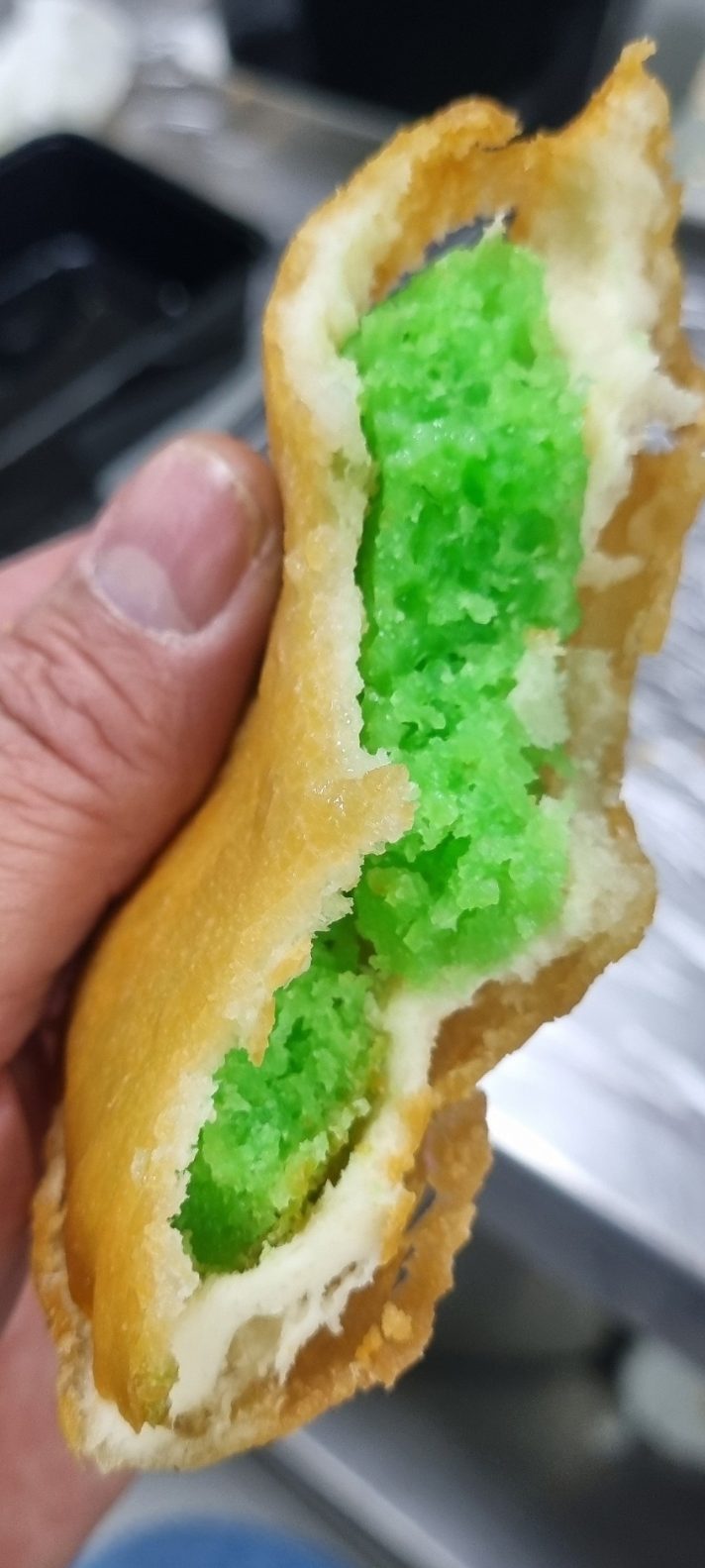
Today I got offered a breadcake, a moist cake made with yeast, sandwiched in between a fried bun and it was seriously delicious. It’s called a Banh Tieu in Vietnamese and I wondered who comes up with these seemingly strange combos?
Then I remember there is another Bread-in-Bread dish called Kai Mei Pau in Cantonese Chinese, the origin of this dish was invented out of necessity for waste control due to unsold bread items at a Hong Kong bakery, By processing it and adding sugar, coconut and other ingredients it became a filling for this delicious bread roll.
We may never know exactly who came up with these ideas, but on behalf of everybody who have enjoyed these delicious dishes, Thank You! Your contribution is part of food history!
